I don't own a "proper" camera - my phone is even better
Phone cameras are now so versatile that there's little room left for traditional cameras
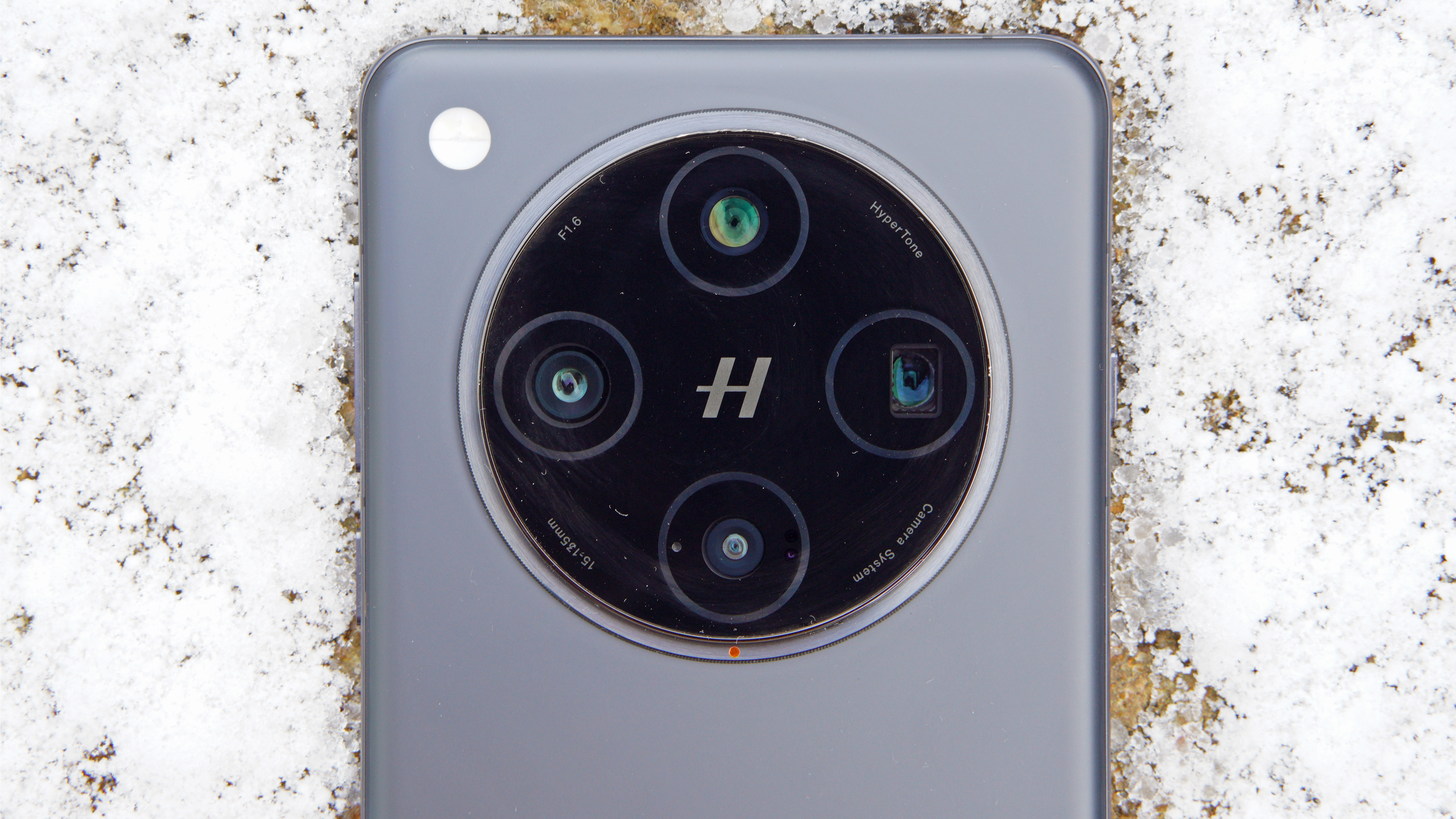
I'm often asked for advice about which new camera to buy, and my initial reaction is always the same: what type of phone have you got? My reasoning for this is that unless you're prepared to drop serious cash on a decent mirrorless camera, chances are the phone in your pocket will capture better quality images and video than any conventional camera with a sensor smaller than Micro Four Thirds.
What's more, I'd also argue that for most casual photographers, investing in a decent camera phone makes more sense than buying even one of the best APS-C or full-frame cameras, at least in the vast majority of shooting scenarios. Here's why:
Convenience
Your phone is way more convenient. It's almost always with you, it's small, light, and doesn't require a camera bag. Set-up time is negligible, and there's no need to mess about with a memory card or swap lenses.
Then there's the issue of how you 'consume' photos. Shooting on a conventional camera requires the discipline to download images from a memory card onto a computer, cull and organise shots, and upload them to cloud storage for sharing or viewing when away from home. Conversely, capturing images on your phone means they're automatically uploaded to iCloud Photos or Google Photos for effortless back-up and sharing, making them far more accessible for future viewing than if they're only stored on a local hard drive at home.
Now, it's no secret that a camera phone has long offered a more convenient shooting experience than a conventional camera. But the latter was able to fight back by offering better image quality and increased shooting versatility. Well, not any more.
Image quality
A camera phone can now beat the image quality from even a well-sorted standalone camera due to two factors: the pace of phone camera hardware development, and a modern phone's immense computational power that enables automatic image processing that's leagues ahead of what a traditional camera can offer.
Of course, purist photographers will whine that things like fake bokeh, automatic HDR, boosted color saturation and increased sharpness all contribute to artificial, unrealistic images. But again, we're talking about the majority of photographers here, and I think it's reasonable to assume that most people want their shots to look sharp, vibrant, and with good highlight and shadow detail straight away, with no need to mess about in an image editor to achieve the same results.
The best camera deals, reviews, product advice, and unmissable photography news, direct to your inbox!
And when you combine this incredibly powerful image processing with an industry drive towards ever-larger, more pixel-packed image sensors in phones, the diminutive camera phone punches far above its weight in terms of image quality.
Shooting versatility
"So you can have a great quality photo from a phone.... but only if it's shot at the wide-angle focal length dictated by the phone's camera?" Again, not any more. A separate ultra-wide camera module has opened up some additional photo opportunities, but it's the introduction of the periscope telephoto lens that's really boosted the camera phone's shooting versatility. This enables optical 'zoom' (it's not strictly zoom, as a periscope telephoto camera is just a separate, fixed focal length lens) of up to 10x, with image processing trickery filling in the intermediate focal length gaps. Add in the special sauce of AI and a phone can shoot well beyond 10x, and with only a negligible drop in image quality.
To demonstrate just how capable a modern camera phone now is, I took my Oppo Find X8 Pro to the kind of setting where many people would think a phone camera shouldn't really work: a fast-paced football (soccer) match. In this particular case, the prestigious UEFA Champion's League 2025 final. But thanks to the phone's awesome processing speed, 6x periscope zoom and up to 60x AI-enhanced zoom, I was able to capture the match with surprising clarity, despite being seated far above the action.
The sample images below have been cropped from the phone's native 4:3 aspect ratio to our preferred 16:9 image format, but are otherwise unedited.


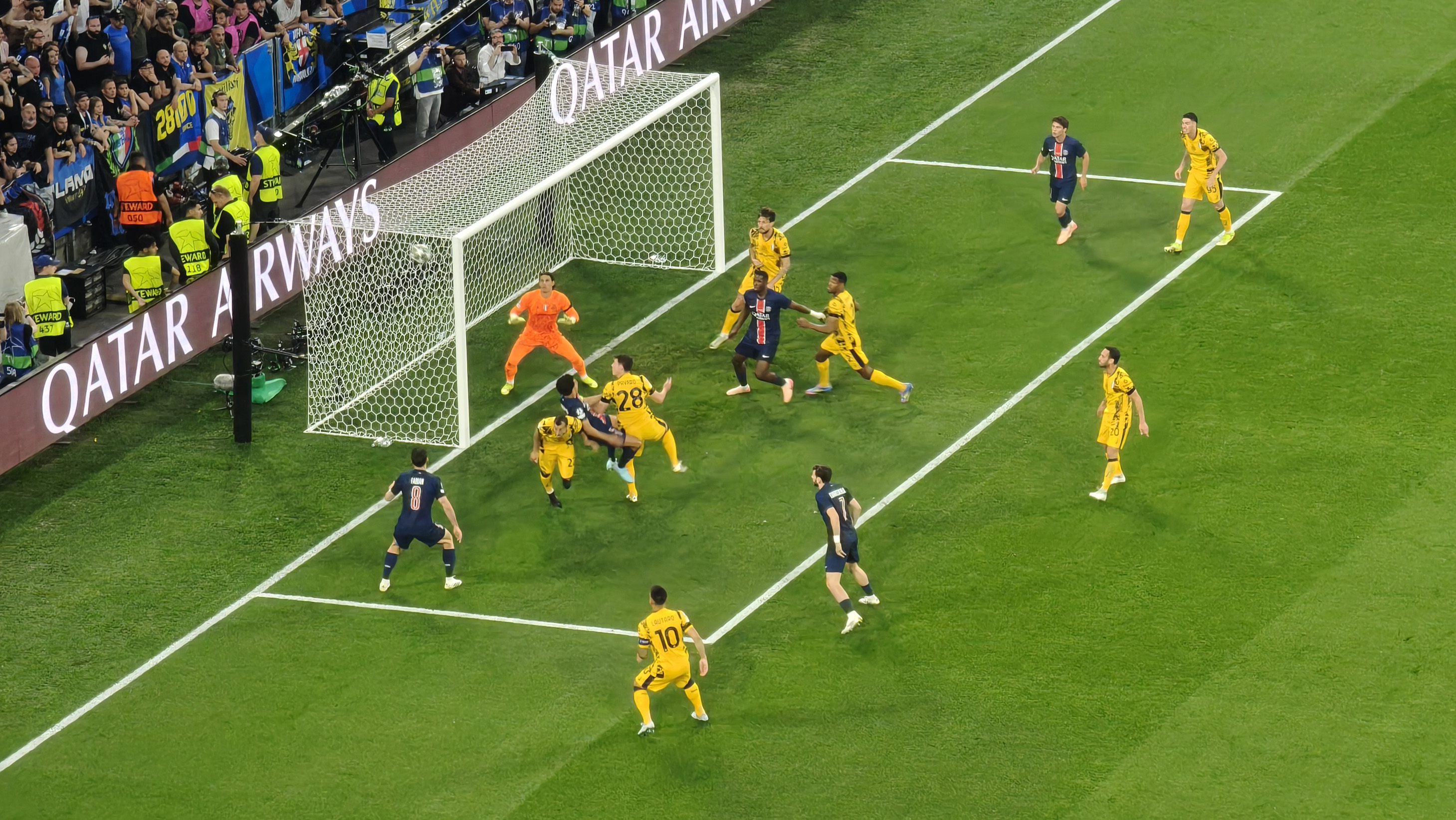
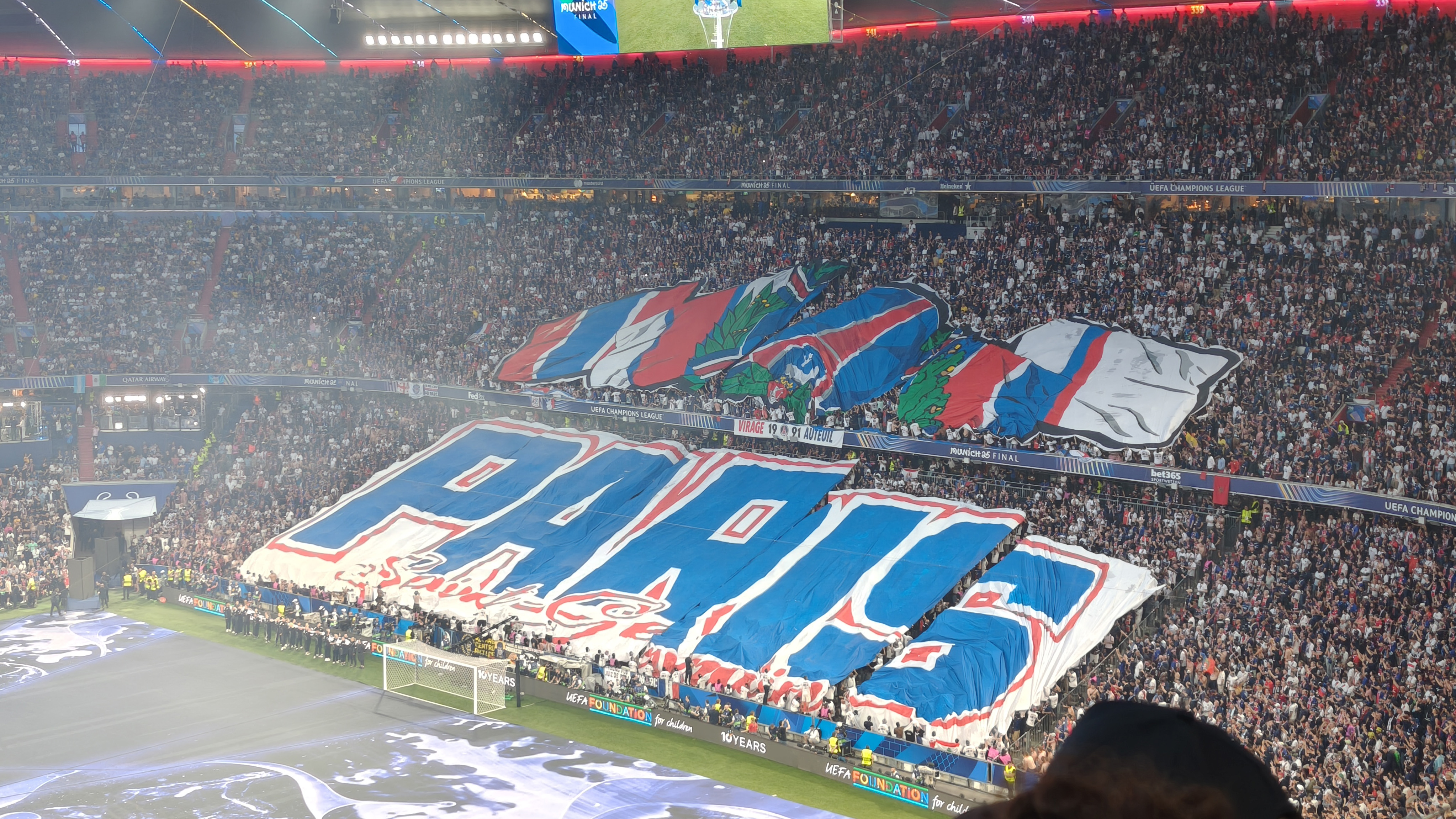
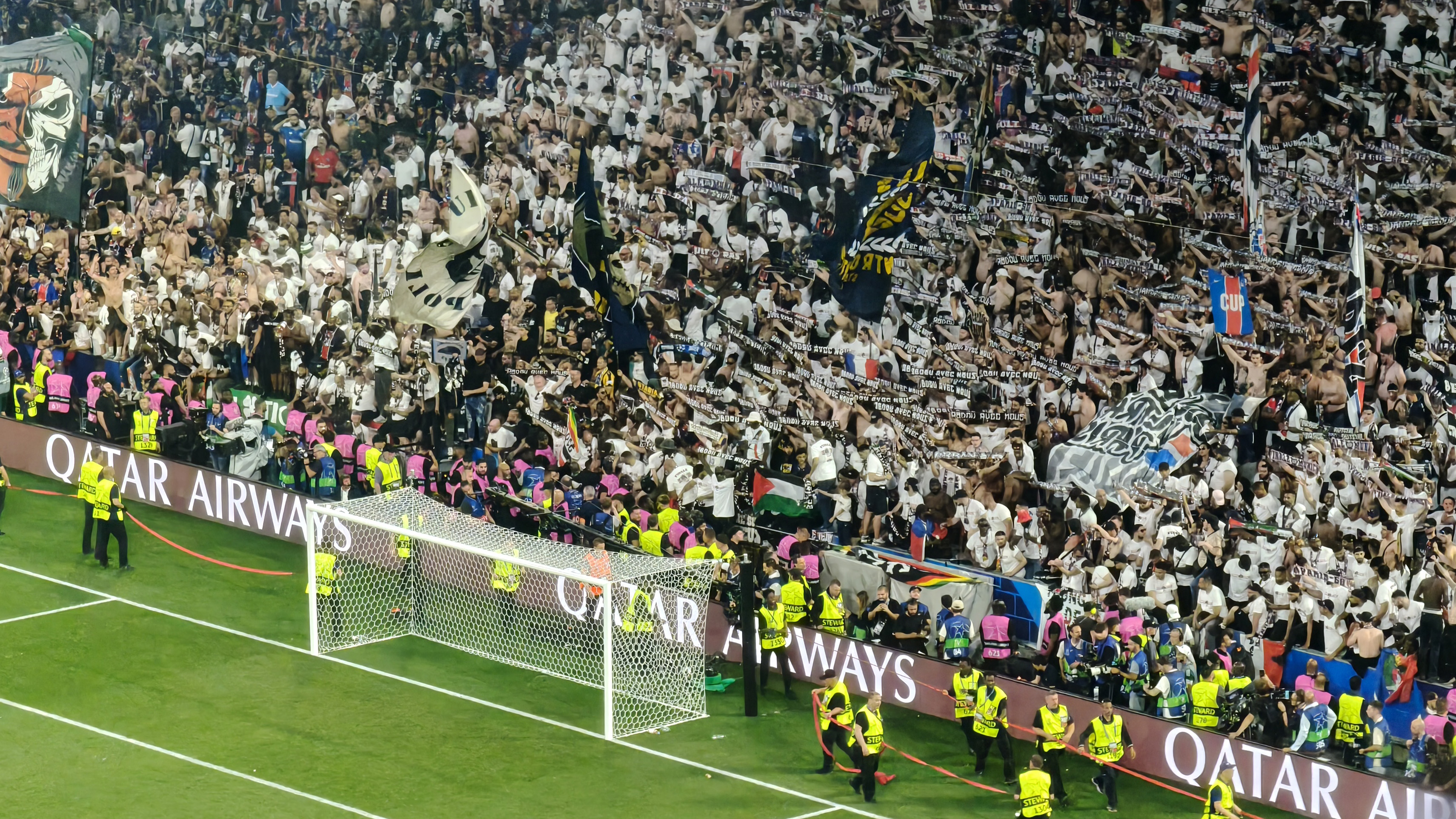
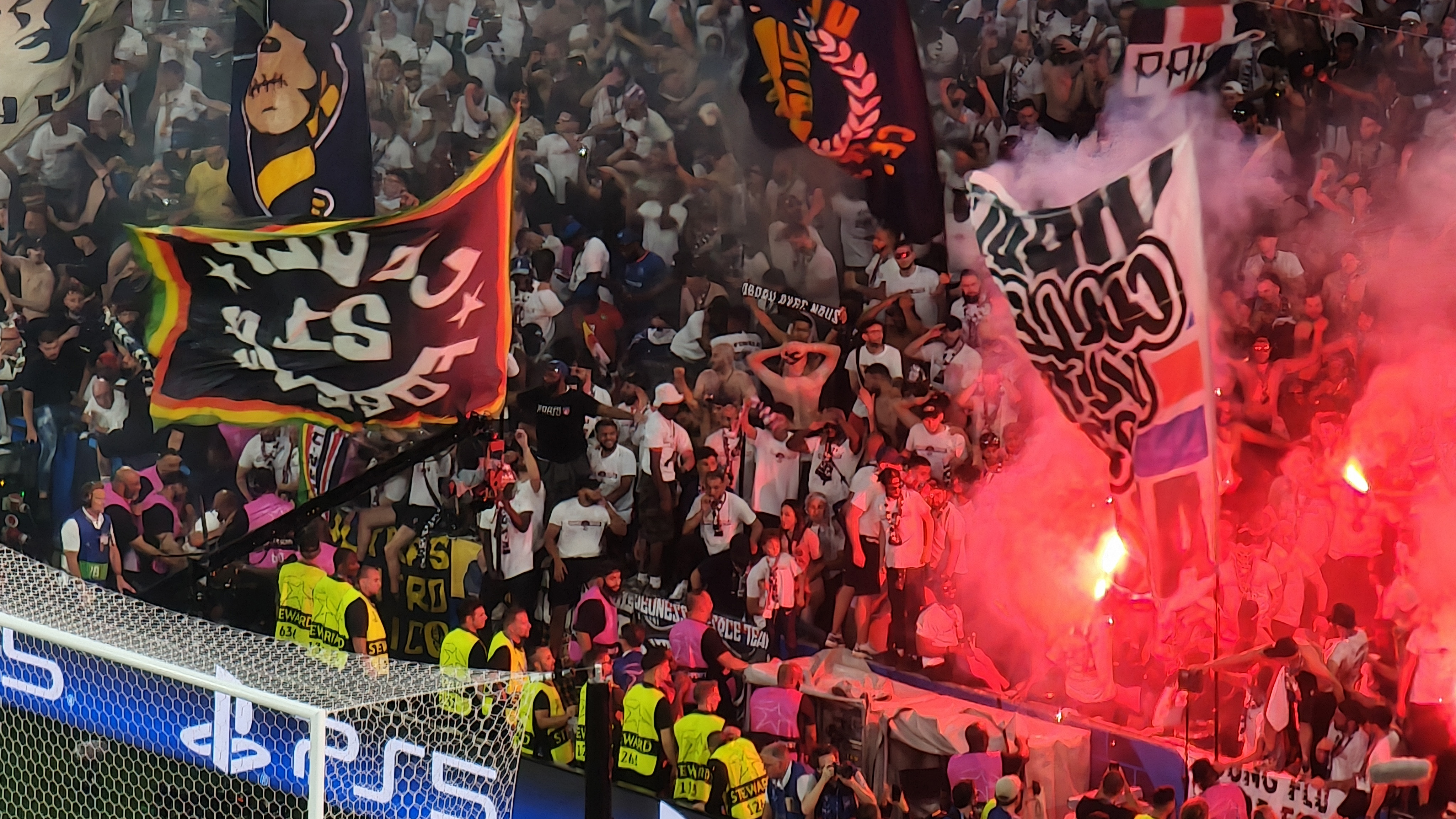

These shots are only a literal and metaphorical snapshot of what the Find X8 Pro is capable of, but they illustrate that even when a camera phone is taken out of its perceived comfort zone, it can still far exceed expectations. And with this kind of performance, I'm confident that whatever situation I may want to shoot in, my phone will be more than up to the task.
Read more:
The best camera phones you can buy right now
Ben is the Imaging Labs manager, responsible for all the testing on Digital Camera World and across the entire photography portfolio at Future. Whether he's in the lab testing the sharpness of new lenses, the resolution of the latest image sensors, the zoom range of monster bridge cameras or even the latest camera phones, Ben is our go-to guy for technical insight. He's also the team's man-at-arms when it comes to camera bags, filters, memory cards, and all manner of camera accessories – his lab is a bit like the Batcave of photography! With years of experience trialling and testing kit, he's a human encyclopedia of benchmarks when it comes to recommending the best buys.
You must confirm your public display name before commenting
Please logout and then login again, you will then be prompted to enter your display name.

